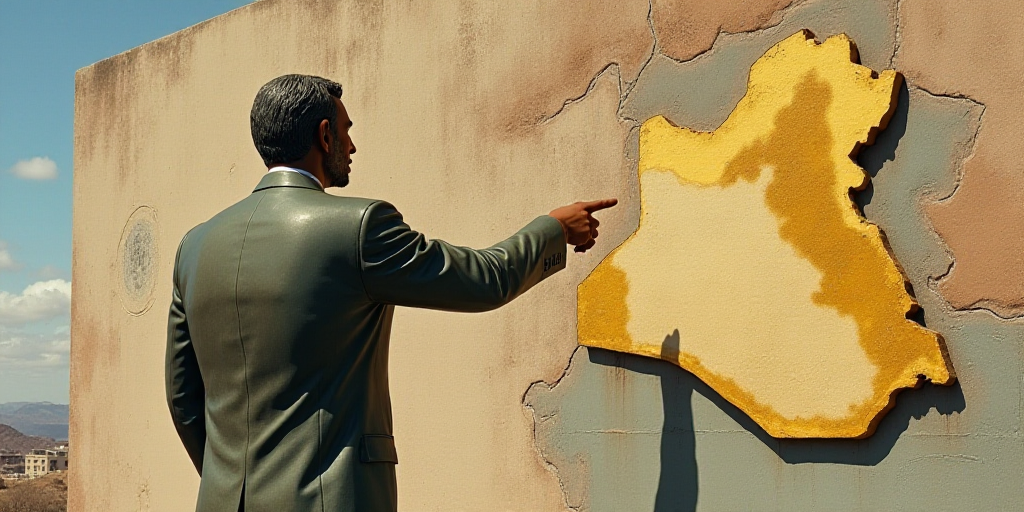Which Iranian Nuclear Facilities Have Been Targeted So Far?
The US military has attacked sites in Fordow, Natanz, and Isfahan. President Donald Trump stated that Iran’s major nuclear enrichment facilities had been “completely and totally destroyed.” These attacks complement those already announced by Israel against these locations and Tehran.
Israel claims its objective is to prevent Iran from building a nuclear bomb, while the US asserts that such weapons will not be allowed. Iran denies ever seeking nuclear weapons. The International Atomic Energy Agency (IAEA) has reported damage to the uranium enrichment plant in Natanz, part of the Isfahan nuclear complex, including the Uranium Conversion Installation. It has also reported damage to centrifuge production facilities in Karaj and Tehran.
Israel has also targeted Arak, known as Khondab. The IAEA stated that the Israeli military attacks reached the under-construction heavy water research reactor in Khondab, which hadn’t started operation yet, and damaged a nearby plant producing heavy water. The reactor was not operational and did not contain nuclear material, so there were no radiation effects.
What Risks Do These Attacks Pose?
Before the US attacks, experts stated that Israel’s incursions posed limited contamination risks. Darya Dolzikova, a senior researcher at the London-based RUSI think tank, explained that attacks on early-cycle nuclear fuel facilities primarily pose chemical risks rather than radiation risks. In enrichment facilities, the concern is UF6 or uranium hexafluoride.
Simon Bennett, director of the civil security unit at the University of Leicester, stated that environmental risks are minimal for underground facilities because “nuclear material is buried in thousands of tons of concrete, soil, and rock.”
James Acton, co-director of the Nuclear Policy Program at the Carnegie Endowment for International Peace, noted that before uranium enters a nuclear reactor, it is barely radioactive. “Hexafluoride uranium form is toxic, but it does not tend to travel long distances and is barely radioactive,” he added. “It’s unlikely that attacks on enrichment facilities would cause significant consequences outside the site.”
What About Nuclear Reactors?
The main concern would be an attack on Iran’s Bushehr nuclear reactor, located on the Persian Gulf coast.
Fear of a catastrophe spread across the Gulf on June 19 when the Israeli army reported an attack in Bushehr, later retracting the statement. Israel claims it aims to prevent any nuclear disaster.
Richard Wakeford, honorary professor of epidemiology at the University of Manchester, stated that while contamination from attacks on enrichment facilities would be “mainly a chemical problem” for surrounding areas, extensive damage to large power reactors is “a different matter.”
Radiactive elements would be released either through a volatile materials plume or into the sea, according to Wakeford. Acton from the Carnegie Endowment for International Peace stated that an attack on Bushehr “could cause an absolute radiation catastrophe.”
Why Are Gulf States So Concerned?
For the Gulf states, any attack on Bushehr would be exacerbated by potential contamination of Gulf waters, threatening a critical source of desalinated drinking water.
The Gulf Cooperation Council (GCC) is on high alert to monitor any possible environmental contamination following the attacks, according to a source. So far, there have been no signs of radiation contamination, the source said.
In the United Arab Emirates, desalinated water represents more than 80% of potable water, while Bahrain fully relied on desalinated water since 2016, reserving all groundwater for contingency plans, according to authorities. Qatar also depends entirely on desalinated water.
In Saudi Arabia, a larger nation with more natural groundwater reserves, around 50% of water supply comes from desalinated water starting in 2023, according to the General Authority for Statistics. Some Gulf states like Saudi Arabia, Oman, and the UAE have access to more than one sea for water extraction, while Qatar, Bahrain, and Kuwait are crowded along the Gulf coast with no alternative coastline.
“If a natural disaster, an oil spill, or even a targeted attack disrupted a desalination plant, hundreds of thousands could lose access to freshwater almost instantly,” stated Nidal Hilal, a professor of engineering and director of the Water Research Center at New York University Abu Dhabi.
“Coastal desalination plants are especially vulnerable to regional risks like oil spills and possible nuclear contamination,” Hilal added.






